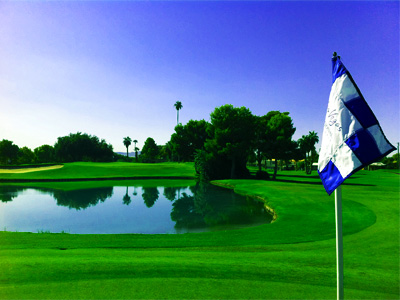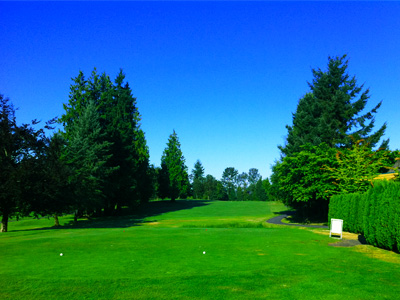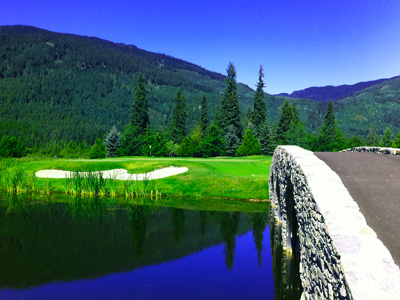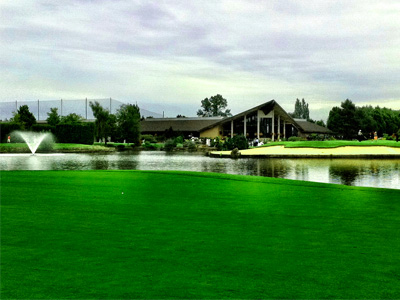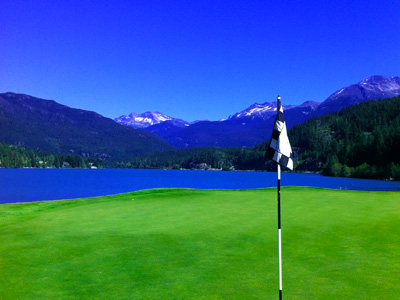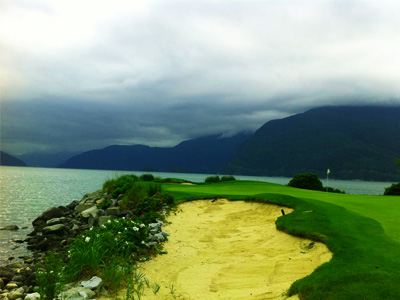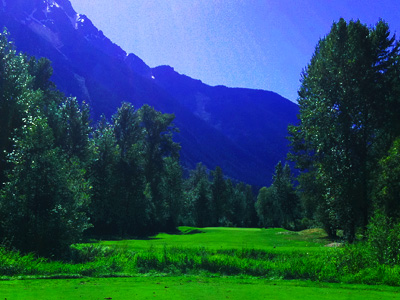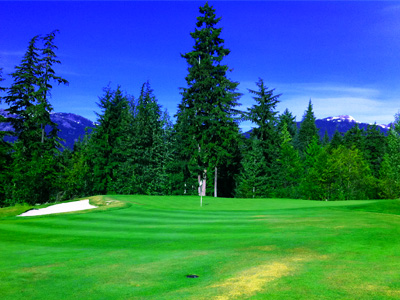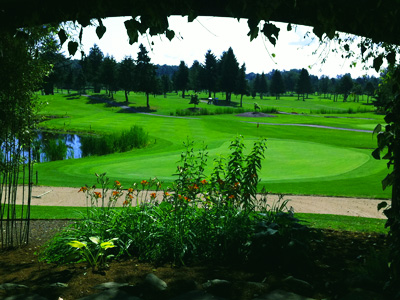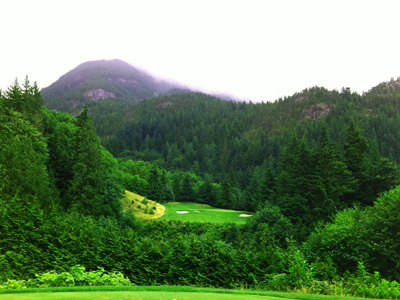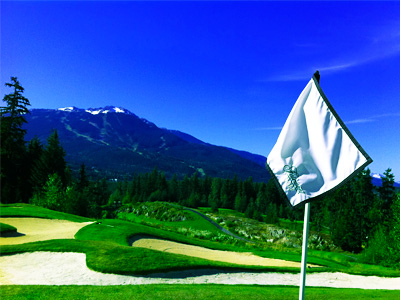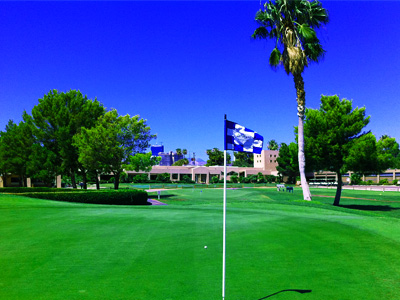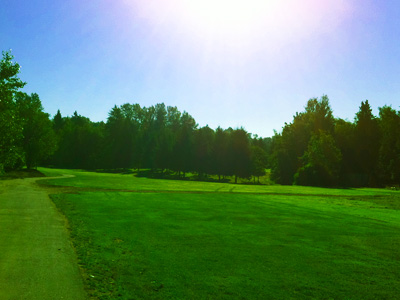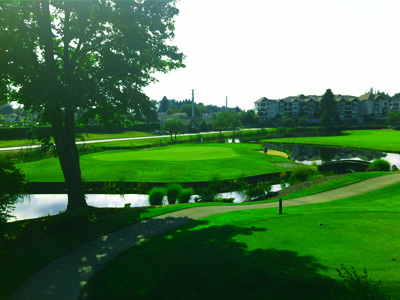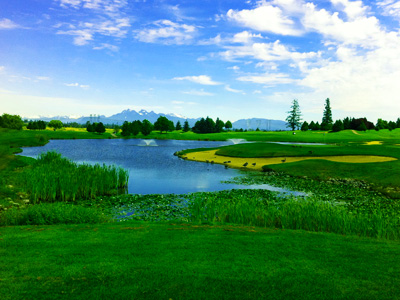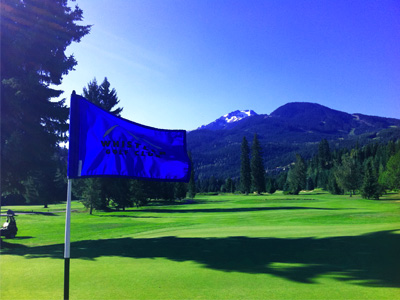Your browser does not support iframes.
CHASKA, Minn. — The Ryder Cup crowds may not have always — or all that often — lived up to the moniker “Minnesota nice,” but host Hazeltine National did. It was brilliant as a venue for the best event in golf.
Hazeltine had previously been host to a pair of U.S. Opens, among other USGA events, and two PGA Championships. For those four men’s majors, the winning score was right around 8 under par — even for the Opens. So, going into it, the 24 players competing should have expected plenty of birdies and eagles. And that’s what we got on throughout the week, particularly on Sunday.
Remarkable today: by my calculations U.S. team made 61 birdies and three eagles. European team made 61 birdies and 1 eagle.
— Bob Weeks (@BobWeeksTSN) October 2, 2016
That clearly worked to the American’s favor, and it was their game plan after surrendering a four-point lead on home soil at Medinah in 2012. That week, good scores were harder to come by, giving limited opportunities for the partisan patriotic crowd to get rowdy, providing the manna that feeds team-based match play. The U.S. side implored the PGA of America to setup Hazeltine with that philosophy in mind, and they did. Aided by some early week rain, Hazeltine was softer than it would otherwise be, making greens extra receptive to shots from all over the course, including from the nearly non-existent rough. Some holes were shortened, particularly on Sunday, to invite players to be aggressive off the tee.
The hole locations weren’t tucked away like they might be, perilously close to the edge of ruin, in a PGA of America-run major championship. Instead, they were put where any player could fire away from the right position, creating scores of birdie looks. It just so happened that the United States took advantage better than the Europeans and pulled out a 17-11 win.
Afterward, however, Justin Rose wasn’t happy with the kid-gloves approach to the setup.
“I think if we were all to be honest about it, I thought the setup was incredibly weak,” Rose said. “I thought it was very much a Pro-Am feel in terms of the pin placements. They were all middle of the green.”
He added, “With a match on the line, you kind of feel like you want a player to step up a little bit more when they have to.”
Perhaps, but two thoughts come to mind: Rose wouldn’t have been as likely to say that had Europe won, and the soft conditions took out a lot of fear in trying to throw darts on every hole.
While Rose may be an outlier in his opinion on the setup, he’d have to praise, just as so many did, the re-routing of Hazeltine to suit the Ryder Cup. Holes were moved around from their normal order, including how they played in past majors, to set up more match play drama. On both nines, the three holes leading into the final hole on the side were an exciting par 3, a par 5 that created drama and a par 4 just begging players to pick off all they could handle.
On the front side, the par-5 sixth was too long for the field to reach in two shots, given the conditions, but the hole locations used invited players to use slope to check their ball around the hole for a birdie.
The par-4 seventh was the best hole on the course for match play. At a smidge over 400 yards, the hole runs along Lake Hazeltine as a dogleg right. Players can take any line they want to reach the fairway, including driving toward the green. If they missed the line, they’d find the water, almost certainly losing the hole. And on a hole where, according to LostGolfBalls.com CEO CEO Gary Krueger, some 5,000 member balls (on a low-rounds course) are pulled from the water each year, the players didn’t flinch. After clearing the water, the players were left with a partial wedge shot that set up plenty of birdies.
While the par-3 eighth wasn’t as compelling as the two previous holes, the amphitheater setting more than compensated for some architectural dullness.
Rounding out the back nine, the short dogleg-left 15th was a terrific match play hole. Players had to hit a draw off the tee to open the hole to a partial wedge for birdie, or risk hitting a nearly impossible punch shot from the right side toward a water hazard.
The 16th was a spectacular par 5, teasing players at a length that was just enough to bring decision-making into play. Go for it and risk finding the water. Laying back would invite the opponent to go for the green, as Patrick Reed did on Sunday against Rory McIlroy.
And then there was the 17th hole, where so many matches ended. A par 3 with a tee shot partially over water, the back-to-front slope made controlling spin and distance key. Players’ shots ranged from finding the water to finishing just a few feet from the cup.
Both the ninth and 18th holes (which are normally the 18th and ninth holes, respectively) were uphill slogs, kind of clunkers to end each side. However, the parallel-running holes were great for fans watching from grandstands on both holes, and they were long enough to make almost certain one side would win the hole.
Hazeltine National deserves another opportunity to some day host a Ryder Cup. However, with so many venues in line, it may not be until sometime in the 2040s before it happens again. The recent run of midwest hosts will continue, though, in 2020, when Whistling Straits in Wisconsin welcomes another PGA of America event.
Ryan Ballengee is a Yahoo Sports contributor. Find him on Facebook and Twitter.
Devil Ball Golf – Golf – Yahoo Sports
Other Related Posts:
We've seen Tiger Woods execute some incredible recovery shots in his caree...
Remember when we thought Tiger Woods was the only golfer on the planet who...
Adam Scott isn't part of the new Big 3. He is, however, having a great Big...
Jason Day is planning to play in the Masters. (Getty Images) Jason Day inte...
The White House touted a dubious narrative of "one of the most suc...
